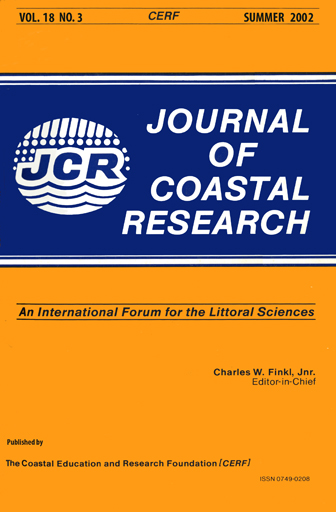Recovery and Stability in Barrier Island Plant Communities
Keywords:
Hurricane, storm surge, coastal, dune vegetation, recovery, Gulf of MexicoAbstract
As a habitat for plants, barrier islands are characterized by constant salt spray and desiccation stress, punctuated by periodic storm events. This combination of chronic and stochastic effects of abiotic factors leads to the development of unique plant communities, with some species endemic to the habitat. Two hurricanes made landfall on Santa Rosa Island, Florida in 1995. A storm surge from one resulted in overwashes of many areas of the barrier island. These areas were scoured by water and sand, denuding them of vegetation. Plant community dynamics of a heavily impacted area and an area of secondary dunes that received minor damage were monitored over a three-year period. The data suggest a stable endpoint in the unaffected area characterized by constant species richness, species evenness and vegetative coverage despite year to year changes in species composition. The storm surge area revegetated rapidly to an average plant coverage equal to the undisturbed area, yet the recovery was the result of high abundance of relatively few species. The dune building plants Sea oats (Uniola paniculata), Blue stem (Schizachyrum maritime), and Bitter Panicum (Pamicum amarum) were dominant components of the rapid recovery community, and many appeared to grow from colony fragments dispersed in the storm surge-leveled sand. Substantial species turnover of rare species was observed for both areas. It is anticipated that the storm surge area will continue to change as dunes rebuild creating microhabitats and as more species colonize from distant areas of the island.


